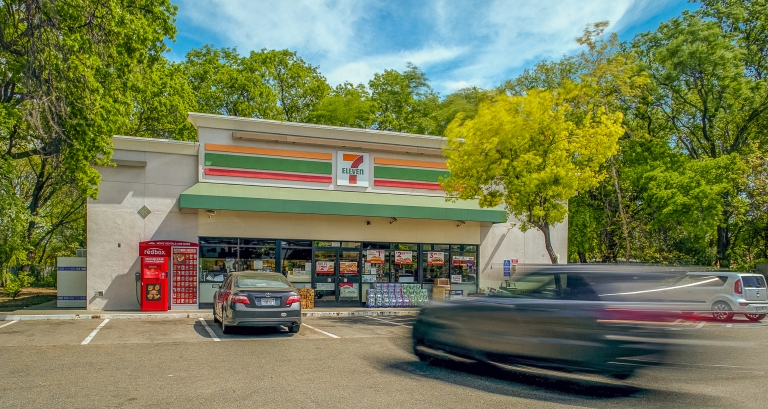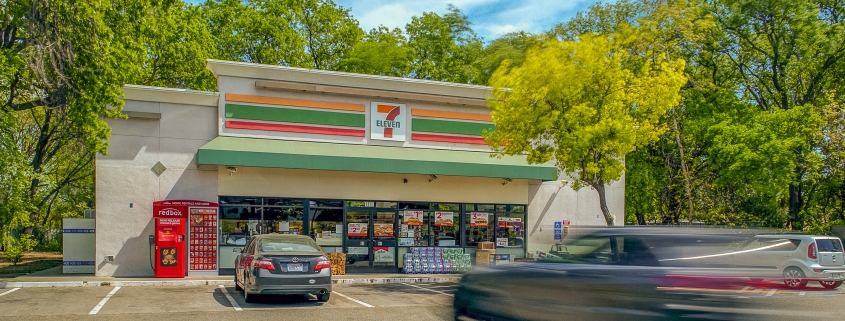
The Market for Net Lease Investments Is Still Going Strong into 2019
Net lease properties can be extremely advantageous for investors who are looking for low-risk real estate investments that produce consistent returns over a long period of time. Not all net lease locations are created equal; they key factors in a strong net lease investment are a well located property with good access, strong traffic counts, and proximal anchor tenants.
As 2019 approaches, net lease properties are moving at a premium rate, particularly in areas that are experiencing a higher than usual influx of new residents moving in and patronizing the city. Investors should look at population growth over the past 10 years, as well as expected population influxes in the future to find the best cities for net lease investments. Where are people moving at faster than usual rates? Figure out what desirable areas people are chasing, and then invest there.
Current high-growth areas include; Boise, Salt Lake City, Austin, San Antonio, Portland, Seattle, and the California metro area. While net lease assets can be scarce in these markets, the ones that do hit the market generally sell quickly and for a premium. In areas such as these, we’re also seeing very strong CAP rates on net lease properties, which is great for the seller, as long as you list with a broker who knows how to sell your single tenant net lease property and list it at a price where you’re going to generate offers.
Another trend we will continue to see in 2019 is 1031 exchange buyers turning to net lease properties as a safe asset for investment. Investors from large markets like California, Texas, New York, and Florida are selling their apartment complexes at historically low cap rates,, and then investing in net lease locations at 200 basis points or higher and as a result, seeing a large increase in their cash flow while having less landlord responsibility.
Choosing the right net lease property also has a strong impact on how successful the investment will be long-term. One asset investors are turning to is convenience stores, which are generally well located and can provide potential tax advantages (consult with your CPA on the tax benefits of specific investments). Even though rates vary based on location, operators can typically get at least 5%, and we’re seeing even higher yields in smaller towns (upwards of 7%). National credit convenience store are trading between 4.50% and 5.50% CAP rates (such as 7-Eleven, Circle K, Wawa, RaceTrac, and Maverik), while non-credit convenience store operators have a large number of properties hitting the market at 6.75% to 7.50% CAP rates.
Right now, Sands Investment Group is listing quick service restaurant and convenience store portfolios, which are generating high activity levels with properties closing and moving at aggressive CAP rates. A recent portfolio of Burger King properties in the inner mountain states includes properties that have closed at CAP rates from 5.00% to 5.75%, depending on the strength of the location.
SIG brokers work collaboratively with net lease property sellers and buyers, and listings are marketed to our proprietary database of more than 100,000 of the most active principals and brokers. Your property will reach the right investors for seamless transactions and exceptional results.
***
Tyler Ellinger is an advisor at Sands Investment Group for the Austin, Texas and Salt Lake City, Utah markets. This post was originally published in National Real Estate Investor‘s 2019 market outlook.
Tyler Ellinger
512.643.3700
tyler@SIGnnn.com
By submitting your information and signing up for email updates, you agree to SIG Online Terms of Use


